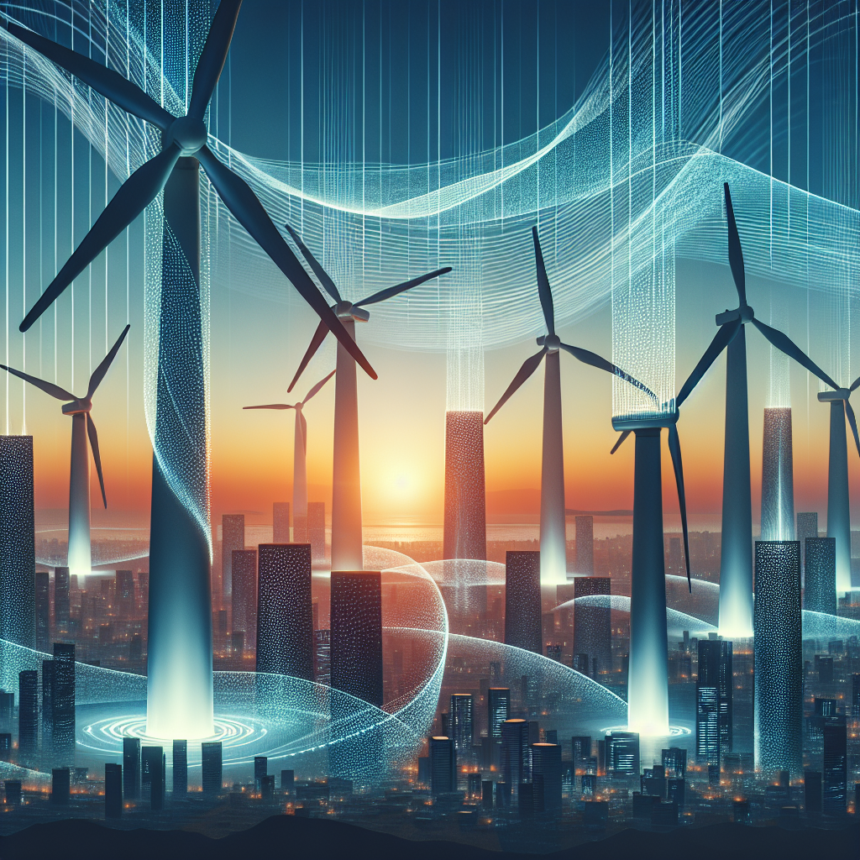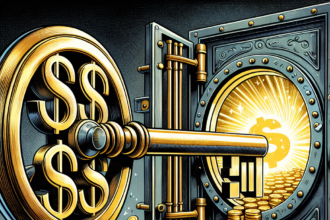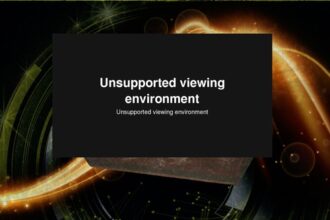As the world seeks effective strategies to combat climate change and transition towards sustainable energy sources, wind energy is emerging as a leading contender. With its vast, untapped potential, harnessing wind power offers a promising solution to reduce our reliance on fossil fuels and create a more sustainable future. This article explores the top wind energy solutions available today, their benefits, and the challenges that lie ahead.
The Promise of Wind Energy
Wind energy harnesses the kinetic energy of wind through turbines, which convert it into electricity. Unlike fossil fuels, wind energy is abundant, renewable, and produces no greenhouse gas emissions during operation. According to the Global Wind Energy Council, global wind energy capacity has increased from 6,100 MW in 1996 to over 743,000 MW in 2020, a testament to its growing significance in the global energy mix.
One of the fundamental advantages of wind energy is its accessibility. Wind is a resource available almost anywhere on Earth. From the plains of the Midwest in the U.S. to the coastlines of Europe and Asia, there are numerous locales where wind energy can be efficiently harnessed.
Top Wind Energy Solutions
- Onshore Wind Farms
Onshore wind farms consist of turbines installed on land. They are the most common form of wind energy generation and can be highly cost-effective, particularly in regions with strong and consistent wind patterns. Advancements in turbine technology have led to larger turbines that generate more energy, enhancing the efficiency of these installations.
- Offshore Wind Farms
Offshore wind farms are situated in bodies of water, taking advantage of stronger and more consistent winds available over the ocean. They typically have larger turbines and can generate more electricity than their onshore counterparts. Offshore installations also benefit from less noise and aesthetic concerns, making them an attractive option for energy generation.
- Small Wind Turbines
Small wind turbines are ideal for individual homeowners, farms, and small businesses. These turbines can generate sufficient power to reduce reliance on the grid or supplement energy needs. With advancements in technology, small wind turbines have become more efficient and economically viable, making renewable energy accessible to a broader audience.
- Floating Wind Turbines
Floating wind technology allows turbines to be placed in deeper waters where traditional fixed turbines may not be feasible. This innovation significantly expands the potential locations for wind energy generation and offers opportunities in regions that previously had limited access to wind resources.
- Vertical Axis Wind Turbines (VAWTs)
Vertical Axis Wind Turbines provide an alternative design compared to the conventional horizontal axis turbines. VAWTs can capture wind from any direction, making them ideal for urban environments where wind patterns may be erratic. Their smaller footprint also allows for easier integration into existing infrastructures.
Challenges and Solutions
Despite the promise of wind energy, several challenges persist. Variability in wind patterns can lead to inconsistent energy production. To address this, advancements in energy storage technologies, such as batteries and pumped hydro-storage, can help stabilize energy supply. Furthermore, enhancing grid infrastructure is essential to ensure that wind-generated electricity can be effectively transmitted to where it is needed.
Implementing more efficient land-use policies can also help mitigate concerns about land consumption for large wind farms. Building community support and ensuring minimal impact on local wildlife are critical for the sustainable expansion of wind energy.
Conclusion
The transition to a sustainable future requires a multifaceted approach to energy generation, and wind energy plays a crucial role in this transition. With diverse solutions ranging from large-scale wind farms to individual installations, harnessing the breeze can lead us toward a cleaner, greener planet. As technology continues to evolve, the potential for wind energy will only grow, positioning it as a key player in overcoming the challenges posed by climate change.
FAQs
1. What is the environmental impact of wind energy?
Wind energy has a minimal environmental impact compared to fossil fuels. It produces no emissions during operation, and the land used for turbines can often still support agriculture and other uses.
2. How efficient are wind turbines?
Modern wind turbines convert around 35-45% of wind energy into electricity, making them a highly efficient energy generation source.
3. What are the costs associated with installing wind energy systems?
Costs can vary widely based on location, turbine size, and installation type. However, the costs of wind energy have decreased significantly over the past decade, making it increasingly competitive with traditional energy sources.
4. How does wind energy contribute to energy security?
Wind energy diversifies the energy supply and reduces dependence on imported fuels, enhancing a region’s energy security.
5. Can wind energy provide power at night?
Wind energy production is dependent on wind availability, which can vary. Combining wind power with other renewable sources, such as solar, and improving storage capabilities can help provide a more consistent energy supply.










